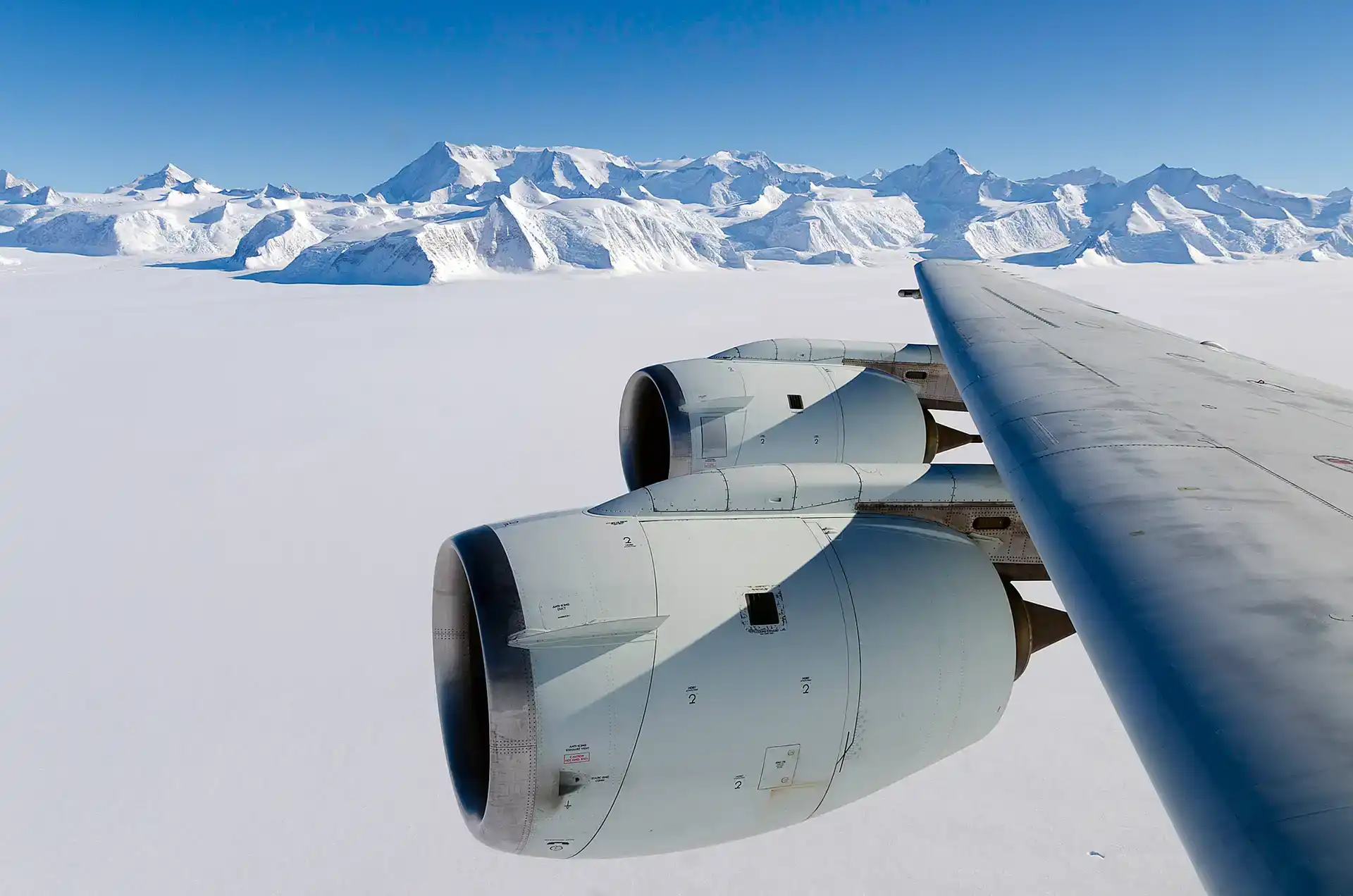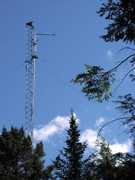The Radio Acoustic Sounding System (RASS) is an active, ground-based acoustic sounder that profiles virtual temperature. It uses radar techniques to measure acoustic disturbances and derive virtual temperature. RASS is typically used alongside radar wind profilers (RWPs) and operates at 915 MHz and 1290 MHz. It has a sampling interval of approximately 5 to 15 minutes, a vertical resolution of 150 m, and a horizontal resolution of 60 m.

Instrument Details
- Acoustic
- Earth Science > Atmosphere > Atmospheric Temperature > Surface Temperature > Boundary Layer TemperatureEarth Science > Atmosphere > Atmospheric Pressure > Planetary Boundary Layer HeightEarth Science > Atmosphere > Atmospheric Temperature > Upper Air Temperature > Vertical ProfilesEarth Science > Atmosphere > Atmospheric Temperature > Upper Air Temperature > Virtual Temperature
- Boundary Layer, Troposphere
- 5-15 min
- 60 m
- 915 MHz, 1290 MHz
- Currently unavailable
William Brown
William Brown
Metek
Currently unavailable
data center outside NASA
Filter data products from this instrument by specific campaigns, platforms, or formats.
CAMPAIGNS
PLATFORMS






